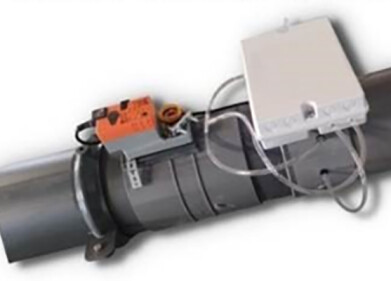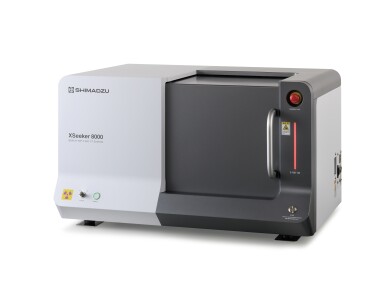Laboratory Products
Safety/Hazard Cont: Asbestos Testing Cabinets Meets the Necessary Legislation
Feb 14 2006
Primary methods of inspection of the asbestos fibres include the use of Stereo and Polarised Light Microscopes. Using these methods it is possible to differentiate asbestos from non-asbestos fibres and further classify the various species that compose the asbestos mineral family.
Health and Safety Guidelines state that the handling of test samples must be undertaken within a safety hood, with air drawn away from the operator taking any mobilised particles safely away. Ideal for providing this safe environment is the Bigneat Asbestos Safety Cabinet, designed to be ductless and mobile. Bigneat's cabinet draws air upwards and through a HEPA filter for trapping stray asbestos particles, returning the cleaned air back to the laboratory.
Mike Smith/Quality and Training Manager at Asbestos Analysis Services Ltd comments on his Bigneat cabinet, ?Bigneat's Asbestos Safety cabinets satisfy our needs by removing 99.997% of particles within the filter system. I am happy that this is satisfying legislation and provides my colleagues and me with the necessary protection when we are inspecting samples'.
This legislation is covered within HSE publication HSG 248 (?Asbestos: The analysts' guide for sampling, analysis and clearance procedures') which states that an asbestos inspection cabinet must conform to BS 7258. This in turn stipulates that at the working face of a cabinet there should be a minimum of 0.5ms-1 flow-rate and the cabinet should alarm if the face velocity falls below this value. This is a feature of Bigneat's Asbestos Safety Cabinet.
Additionally these cabinets have the major advantage over conventional fume cupboards, that they can be supplied with a mobile trolley and located at the exact location where the inspection is most comfortably undertaken.
Digital Edition
ILM 49.5 July
July 2024
Chromatography Articles - Understanding PFAS: Analysis and Implications Mass Spectrometry & Spectroscopy Articles - MS detection of Alzheimer’s blood-based biomarkers LIMS - Essent...
View all digital editions
Events
Jul 28 2024 San Diego, CA USA
Jul 30 2024 Jakarta, Indonesia
Jul 31 2024 Chengdu, China
ACS National Meeting - Fall 2024
Aug 18 2024 Denver, CO, USA
Aug 25 2024 Copenhagen, Denmark

-(1)-(1).jpg)


24_06.jpg)













